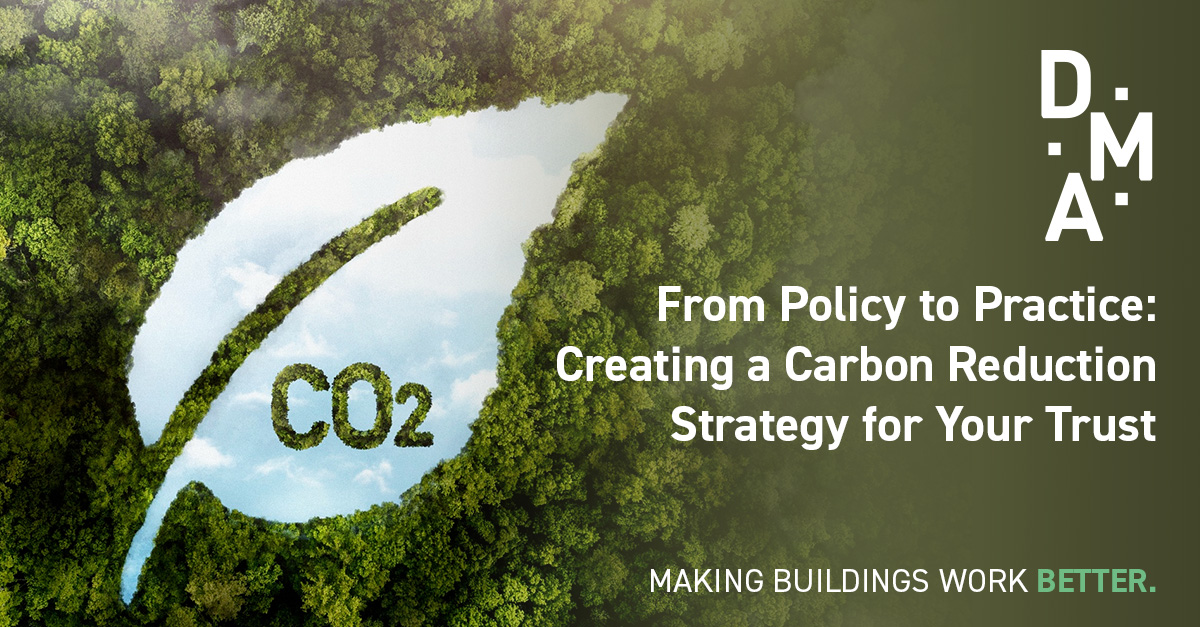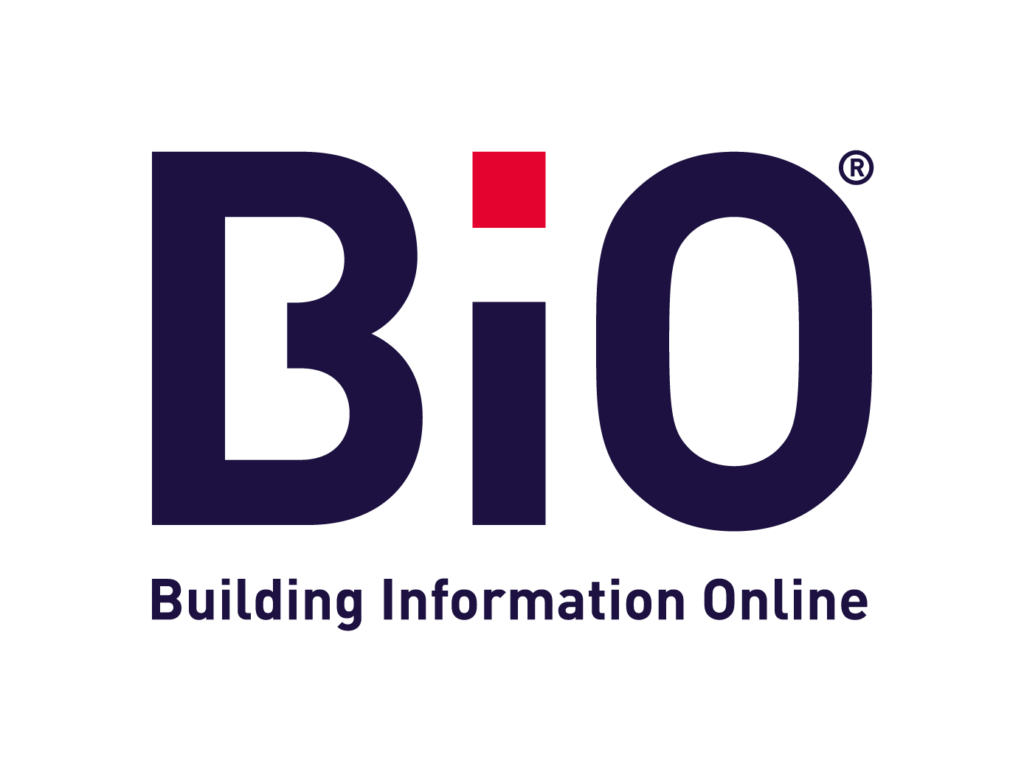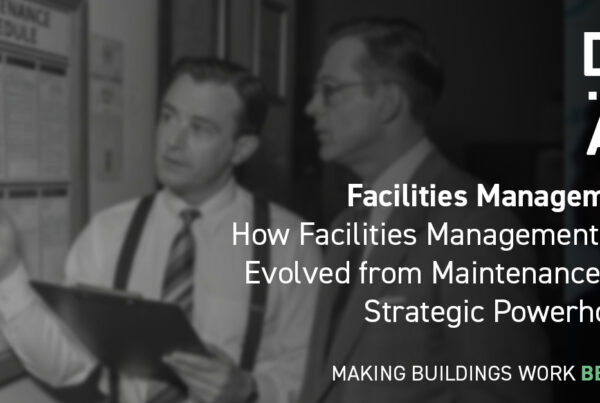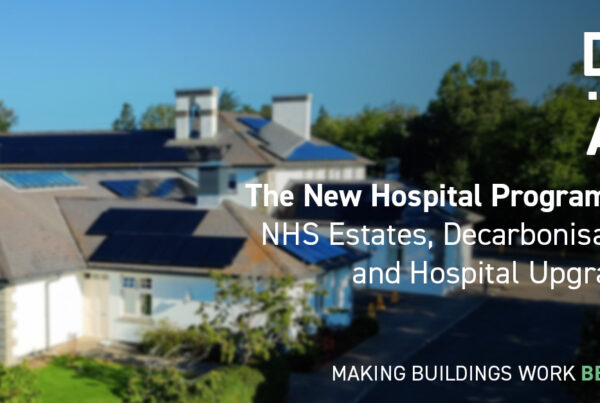
From Policy to Practice: Creating a Carbon Reduction Strategy for Your Trust
How Trusts can build baselines, train leaders, and cut carbon under the Academy Trust Handbook 2025
In Part 1 of this series, we explored how the Academy Trust Handbook (ATH) 2025 sets out new statutory duties around sustainability and environmental reporting. From September 2025, academy trusts are required not just to acknowledge climate obligations but to demonstrate measurable action.
The big question is: how do you turn policy into practice?
For trusts overseeing multiple schools, the challenge of creating a robust carbon reduction strategy may feel daunting. But with the right framework, tools, and leadership, it’s possible to move beyond compliance and deliver meaningful reductions in energy use, emissions, and long-term costs.
This blog sets out the essential components of a trust-wide carbon reduction strategy and shows how technology and expertise can help you get there.
Step 1: Establish Your Carbon Baseline
Every successful strategy starts with knowing where you stand. A carbon baseline is your trust’s “starting line”; a clear picture of how much carbon your estate is emitting today.
Tools to help:
- Carbon counting software: Provides automated emissions data aligned with SECR reporting categories.
- Energy audits: On-site inspections of heating, cooling, lighting, and building systems to identify inefficiencies.
- Utility data analysis: Reviewing energy bills and half-hourly data to spot anomalies.
With a baseline in place, trusts can track progress against year-on-year reductions, identify priority areas, and ensure compliance with the DfE’s sustainability strategy.
Step 2: Invest in Carbon Literacy Training
The Handbook makes clear that sustainability must be led from the top. But board-level leadership only works if trustees, SLT, and estates teams are equipped with the right knowledge.
Carbon literacy training helps:
- Build understanding of emissions terminology and reporting obligations.
- Develop awareness of the environmental, financial, and reputational impacts of inaction.
- Enable governors and leaders to make informed decisions about estates investments.
In practice, this means embedding carbon literacy as part of trust governance and ensuring that every decision is made with sustainability in mind.
Step 3: Agree a Carbon Reduction Strategy in the Form of a Carbon Reduction Plan
Once your trust has a clear baseline and leaders are equipped with carbon literacy, the next step is to formally agree a Carbon Reduction Strategy. This should take the form of a written Carbon Reduction Plan (CRP), approved at board level, so that sustainability is embedded into governance as well as operations.
A strong CRP should include:
- Defined targets: short, medium, and long-term carbon reduction goals aligned with the DfE’s net zero ambitions.
- Accountability: identification of who is responsible for delivery, at trust, school, and estates levels.
- Funding routes: how improvements will be financed, including grants, Salix loans, or capital budgets.
- Monitoring framework: clear metrics for reporting progress annually in line with SECR requirements.
By formally adopting a CRP, trusts move beyond ad-hoc measures to a structured roadmap for sustainability. It also provides governors with a clear framework for oversight, ensuring that carbon reduction is given the same priority as finance and safeguarding.
Step 3: Addressing Scope 1, 2 and 3 Emissions
Carbon reporting frameworks classify emissions into three scopes:
- Scope 1: Direct emissions from on-site sources (e.g., gas boilers, fleet vehicles).
- Scope 2: Indirect emissions from purchased electricity or heating.
- Scope 3: All other indirect emissions, including procurement, construction, waste, and staff/student travel.
For trusts, Scope 3 is often the most challenging. Supply chain requirements mean that trusts will increasingly be expected to assess the carbon impact of everything from catering to ICT procurement.
Tip: Start by tackling Scope 1 and 2 through energy management, then build the capability to expand into Scope 3 as your reporting matures.
Step 4: Consider Embodied Carbon in Projects
When commissioning new buildings or refurbishments, it’s not just operational carbon that matters. Embodied carbon—the emissions generated during the manufacture and transport of construction materials—represents a huge share of your environmental footprint.
Best practice includes:
- Prioritising repair and refurbishment over replacement.
- Selecting low-carbon materials such as timber or recycled steel.
- Adopting lifecycle thinking, ensuring assets are built for long-term efficiency, not short-term fixes.
By factoring embodied carbon into estates planning, trusts can make a bigger contribution to the DfE’s net zero goals.
Step 5: Leverage BMS Systems for Data and Tracking
A Building Management System (BMS) can transform the way trusts monitor and manage energy. Far from being just a control panel, a modern BMS provides the data backbone for a carbon reduction strategy.
Capabilities include:
- Tracking real-time energy consumption across multiple schools.
- Identifying inefficiencies such as heating left running outside school hours.
- Integrating air quality, ventilation, and water monitoring.
- Producing auditable data to support SECR reporting.
A trust-wide BMS strategy ensures that carbon reduction isn’t guesswork—it’s evidence-based and measurable.
The DMA Approach: Phased Support for Trusts
DMA use a five-phase improvement model that helps academy trusts progress from compliance to leadership in sustainability:
- Validation: Review existing systems, consumption data, and estate performance.
- Rectification: Correct immediate faults (e.g., faulty sensors, control panels left in hand, field devices out of calibration).
- Optimisation: Adjust system settings for efficiency, such as heating deadbands.
- Integration: Add smart tech, from CO₂ sensors to automated lighting controls.
- Sustainability leadership: Provide long-term monitoring and reporting aligned with DfE and SECR requirements.
By following this pathway, trusts can reduce carbon, cut costs, and demonstrate compliance, while building a strong foundation for Scope 3 reporting and embodied carbon planning.
Why Now?
The 2025 Academy Trust Handbook has raised the stakes with targets of reducing emissions by 50% by 2032 and 75% by 2037. But with government funding streams, rising energy costs, and stakeholder expectations converging, the case for action is stronger than ever. Trusts need to act now.
Trusts that act early will:
- Secure funding opportunities tied to sustainability.
- Build resilience into estates planning.
- Protect budgets by reducing wasted energy.
- Enhance their reputation as forward-thinking, responsible organisations.
Ready to turn sustainability policy into practice?
We’ve created a Carbon Action Checklist to help academy trusts take their first steps. Download it here, or contact us to book a discovery call with our team to explore how our BMS surveys and phased improvement model can support your trust.
Read Part 3:
Are you wasting energy without knowing it?
Poorly configured Building Management Systems (BMS) can cost academy trusts thousands every year.
In Part 3 we reveal:
- Common failures
- Real stats: £1 in every £6 spent on energy in UK buildings is wasted
- DMA’s RAG-rated survey and phased improvement plan
- How to unlock “the energy you didn’t know you were wasting”





